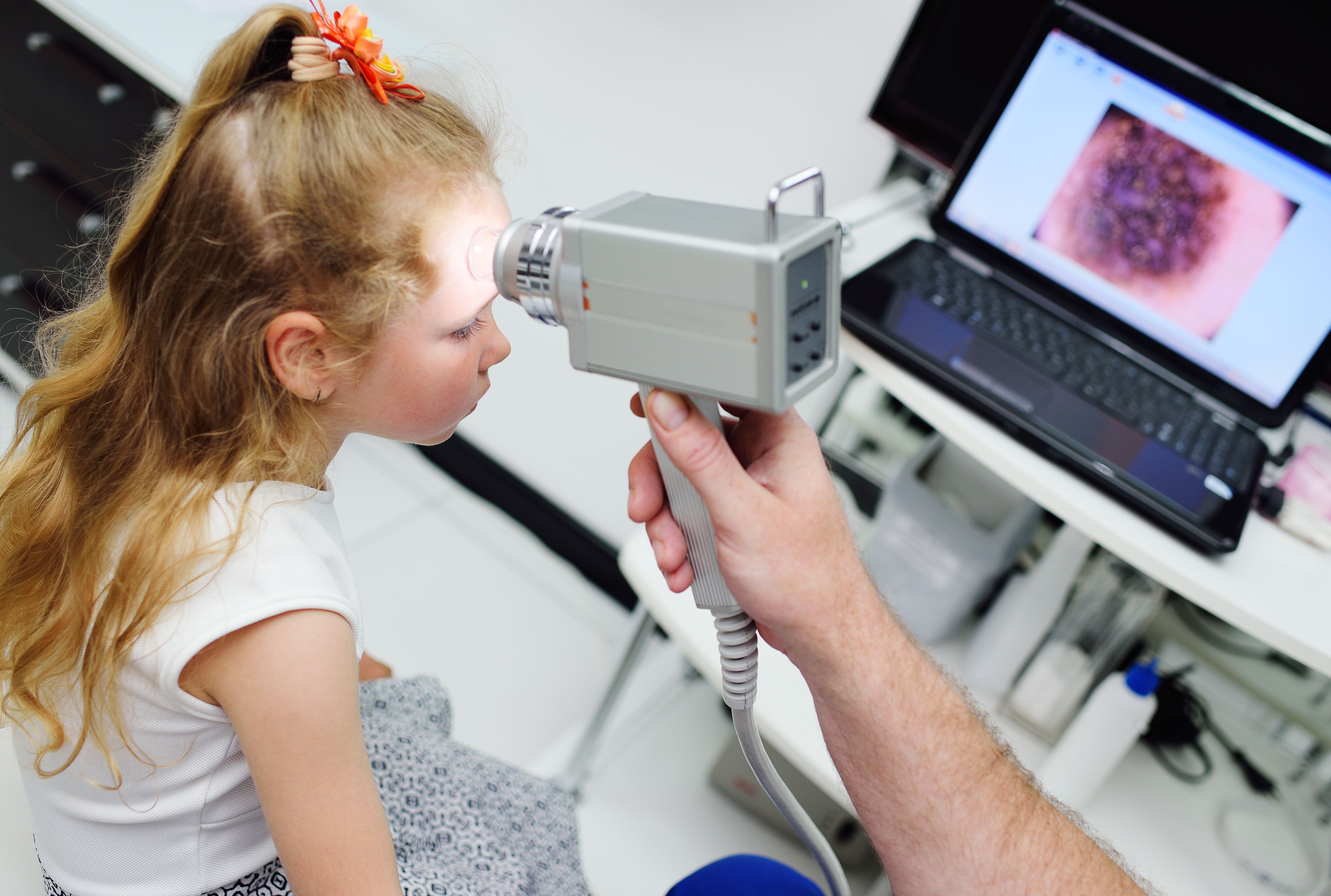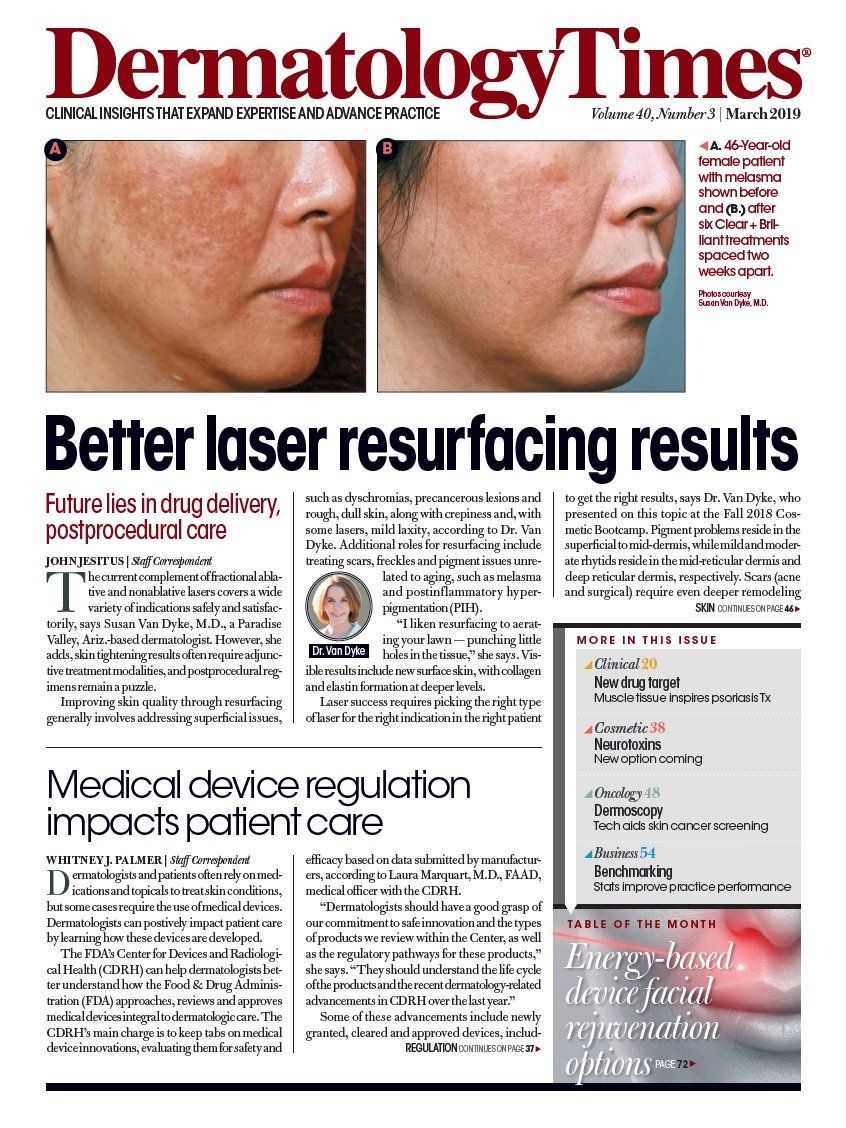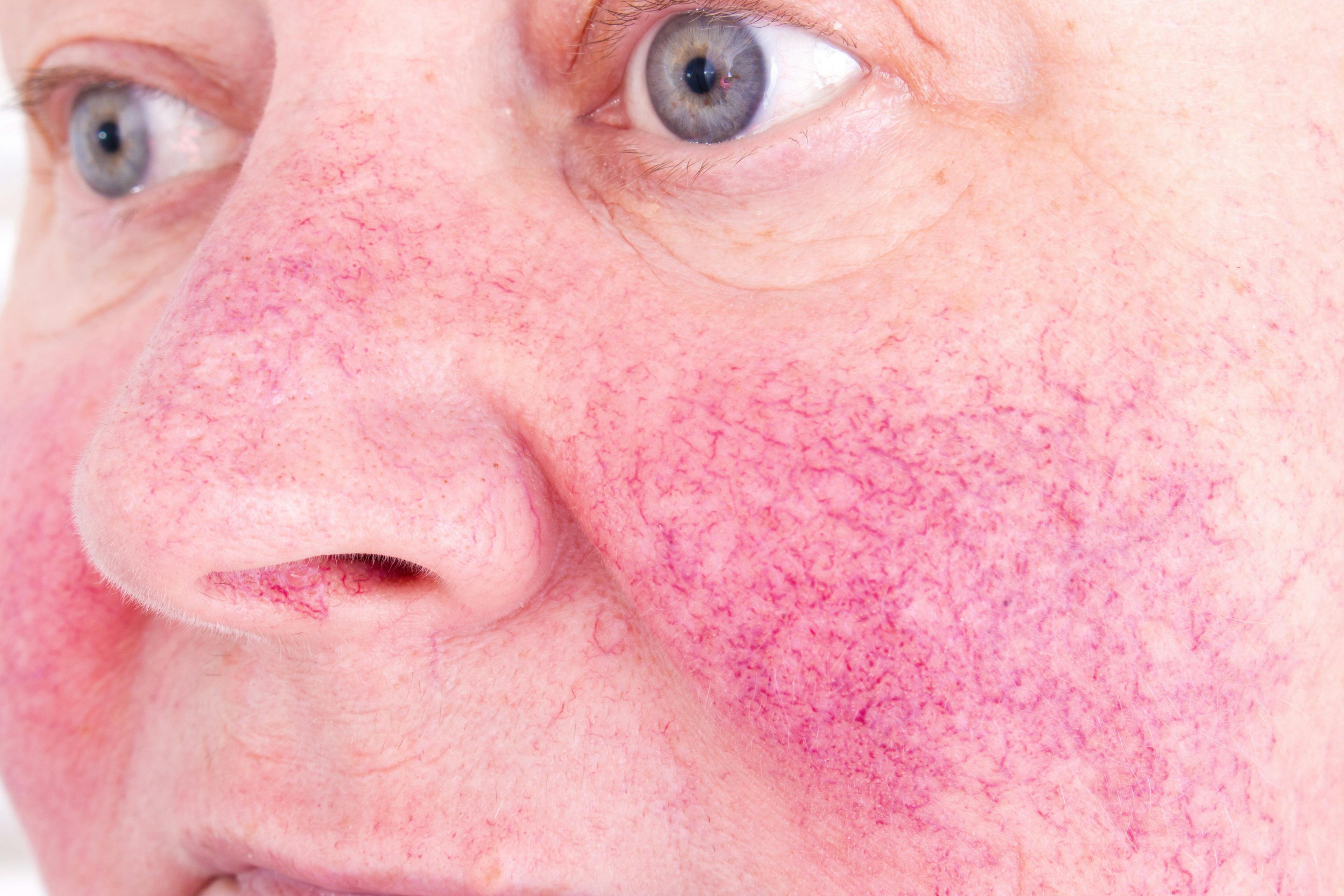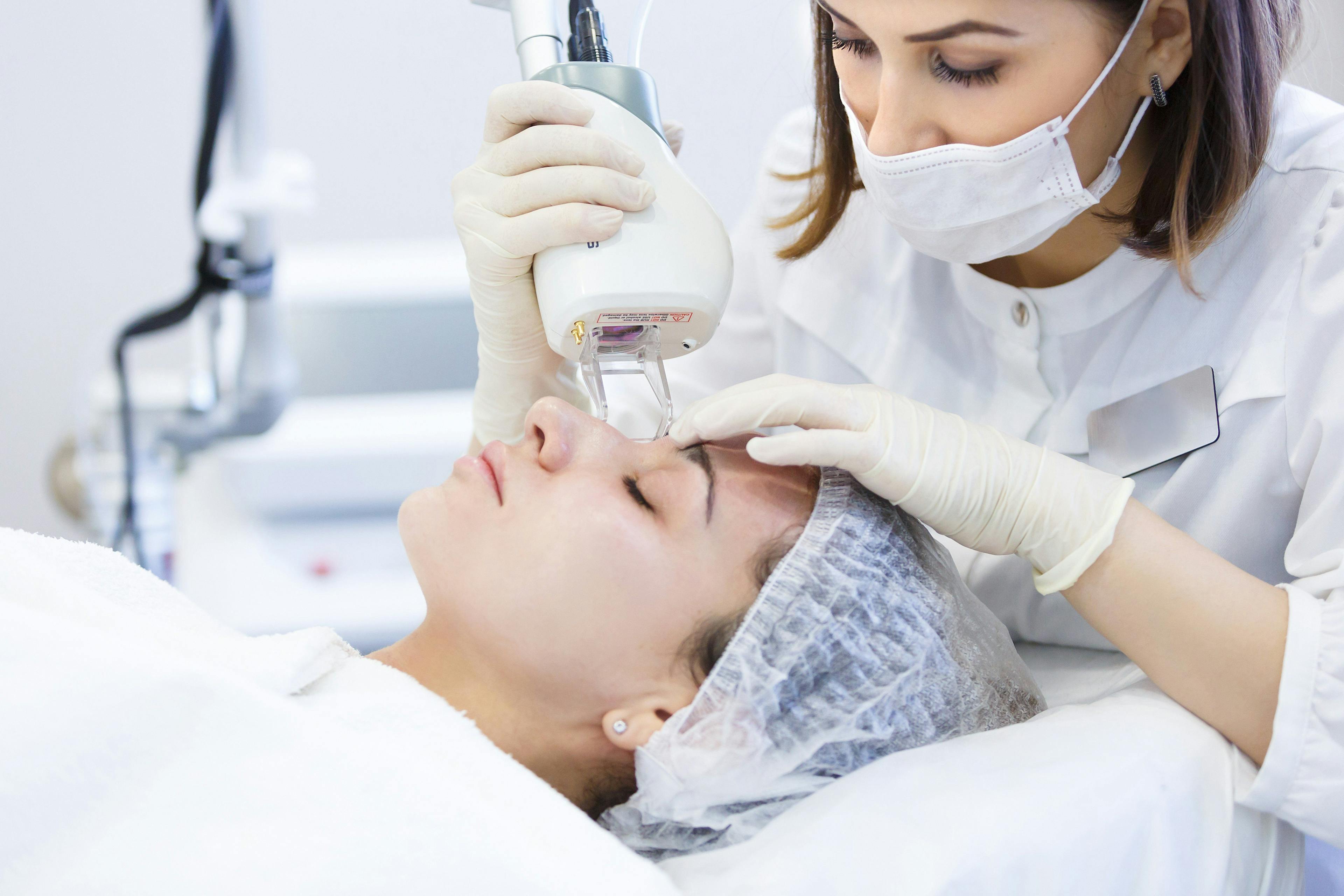- Acne
- Actinic Keratosis
- Aesthetics
- Alopecia
- Atopic Dermatitis
- Buy-and-Bill
- COVID-19
- Case-Based Roundtable
- Chronic Hand Eczema
- Drug Watch
- Eczema
- General Dermatology
- Hidradenitis Suppurativa
- Melasma
- NP and PA
- Pediatric Dermatology
- Pigmentary Disorders
- Practice Management
- Precision Medicine and Biologics
- Prurigo Nodularis
- Psoriasis
- Psoriatic Arthritis
- Rare Disease
- Rosacea
- Skin Cancer
- Vitiligo
- Wound Care
Publication
Article
Dermatology Times
Dermoscopy: The dermatologist’s stethoscope
Author(s):
There have been major technological advances in optical imaging techniques over the last decade, but the dermatoscope remains the diagnostic tool of choice for the quick and accurate imaging of pigmented skin lesions. Find out why in this article.
“Dermoscopy is a type of skin cancer screening technology that enables the physician to view the detailed structures of the lesion in question much more closely,” says Alexander Witkowski, M.D., Ph.D. (Evgeniy Kalinovskiy - stock.adobe.com)

With the incidence of skin cancers still on a steady rise, the timely detection and appropriate treatment and management of melanoma, basal cell carcinoma (BCC), and squamous cell carcinoma (SCC) has never been more urgent.
Beyond the dermatoscope, the continued research and development of other noninvasive optical imaging techniques has led to a number of variably effective diagnostic approaches.
“Dermoscopy is a type of skin cancer screening technology that enables the physician to view the detailed structures of the lesion in question much more closely,” says Alexander Witkowski, M.D., Ph.D., of the department of dermatology at the University of Modena & Reggio Emilia.
“With up to 10-20x magnification, the dermatoscope allows us to see both the surface and subsurface structures of lesions and is used as a basic filter to check the basic dermatoscope criteria (i.e., asymmetry, round structures and/or presence of blue-grey structures) of pigmented lesions,” he adds. He also works in the Veterans Hospital department of dermatology, Wroclaw, Poland, and Sportmedicum Skin Cancer Clinic, Krakow, Poland.
Although major technological advances in optical imaging techniques over the last two decades have resulted in significant improvement in the recognition of suspicious pigmented lesions, experts say that the dermatoscope remains an irreplaceable tool in the armamentarium of dermatologists to more closely view and accurately assess the pigmented lesion under scrutiny.
“For the foreseeable future, I do not anticipate anything to be able to replace dermoscopy as the dermatologist’s stethoscope,” says Eric Tkaczyk, M.D., Ph.D., F.A.A.D., director of the Vanderbilt Translational Skin Imaging Clinic.
“The dermatoscope offers an immediate image that provides much more information than you can get with your standard physical exam, enabling physicians to dramatically increase both their sensitivity and specificity when evaluating suspicious pigmented lesions,” he adds. Dr. Tkaczyk also is assistant professor of dermatology at Vanderbilt University Medical Center, assistant professor of Biomedical Engineering at Vanderbilt University, and attending Dermatologist at the Nashville VA Medical Center, Nashville, Tenn.
As more advanced imaging and other noninvasive diagnostic techniques continue to emerge, Dr. Tkaczyk believes that there will be an increase in the utilization of these other innovative techniques including some that interface with dermoscopy, such as non-dermatologist assessment of dermoscopic lesions (i.e. artificial intelligence and Tele-Health).
To date, the strongest data gathered from clinical studies is on RCM. Compared to other emerging techniques, this data has significantly helped the technology overcome once challenging issues including reimbursement from Medicare, Medicaid, and other insurances, as well as expedite the process of the technology’s widespread implementation and integration into practice.
In the right hands, the specificity and sensitivity of RCM are both very high at approximately 70% and 95-97%, respectively, in dermoscopically equivocal lesions. Compared to RCM, all of the other technologies currently available do not approach such high specificity and sensitivity.
“RCM gives you a full view of the suspect lesion, up to 8mm x 8mm, with submicron resolution so you can see individual details of individual cells,” Dr. Tkaczyk says.
Apart from past reimbursement issues, another pivotal barrier that has kept RCM away from the average dermatologist in the United States and has hindered the technology from moving forward and being readily available was that there weren’t any appropriate training programs in place that would teach dermatologists how to use the technology properly. According to Dr. Witkowski, using the device is relatively easy but correctly interpreting the images can take some time to learn and master.
Striping is a recent major development in RCM technology that allows for a much quicker generation of images, up to 50% faster than the previous software used. This would save valuable time for both physician and patient, Dr. Witkowski says.
OCT is another technology that has also proven to be useful in diagnosing some lesions. Having a depth view of approximately 1 mm to 2 mm (many times deeper than RCM) and generating images at lower resolution, OCT technology is helpful in identifying BCC but less appropriate for detecting melanoma amongst melanocytic nevi. The imaging process works very quickly, accurately diagnosing BCC within 30 seconds. Viewing the depth of a lesion can help the clinician quickly determine whether the lesion is a superficial BCC or a deeper lesion such as an early stage nodular BCC.
“Technologies such as RCM and OCT can be ideally used in those cases that are not crystal clear upon first assessment with a dermatoscope and can help to differentiate morphologically between the telltale characteristics of borderline lesions with a very high sensitivity and specificity,” Dr. Witkowski says.
Other techniques such as multi-spectral imaging or Raman spectroscopy provide different information. They give information about the biochemistry of the viewed lesion. According to Dr. Tkaczyk, spectroscopy techniques yield valuable information on the chemical changes that occur well in advance of any structural changes that one would see with histopathology sections. However, the data on existing devices shows the specificity to be around 10-40%, depending on the publication. Well-designed large multicenter clinical studies on these spectroscopies are few and far between, underscoring the tendency for popularity of RCM.
“One current focus of industry is to combine the strengths of technologies to overcome each of their individual weaknesses, as well as making these devices cheaper and more portable. Very soon, we will see the advent of combination devices integrating OCT and RCM, or dermoscopy and RCM in one single device. I believe the symbiosis of multi-modal imaging is really where the future lies in optimal skin cancer screening technology,” Dr. Tkaczyk says. Â
Disclosures: Neither Dr. Tkaczyk or Dr. Witkowski report any relevant disclosures.

Newsletter
Like what you’re reading? Subscribe to Dermatology Times for weekly updates on therapies, innovations, and real-world practice tips.





























